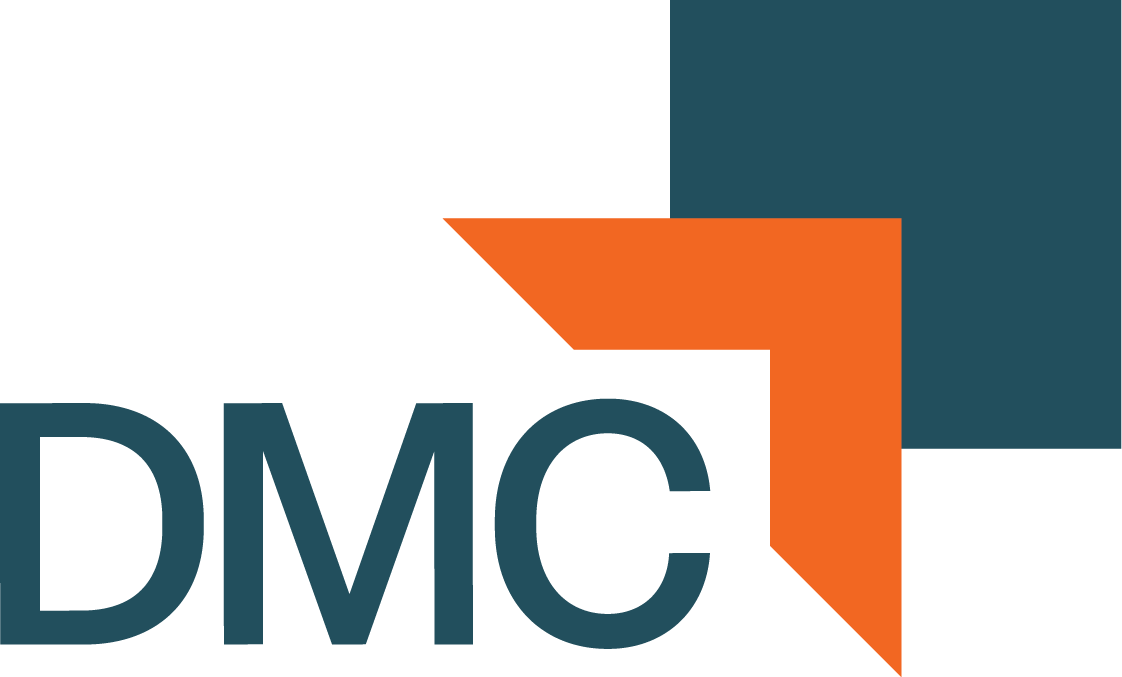As cost consultants and experts in residential, we have seen an increase in new build apartments which aligns with the changing household model in Ireland. For many in our sector, there continues to be a call for change to support this reshaping of the traditional model but also to find new ways of providing affordable homes. This is a must if we are going to address the growing housing crisis.
Obviously the opportunity for growth in residential is driven by viability and affordability and as the average household income is documented to be below €50,000, this is making it a real challenge for many to afford a home and provide the demand that developers are looking for. One of the clear incentives for developers when building new homes is whether there is substantial market demand, and with over 50% of the underlying costs in bricks and mortar (a new build three-bed semi upwards of €350,000), it is becoming a challenge to achieve viability for both the developer and buyer.
What can we do to address this issue of potential demand?
To support our piece, we refer to a recent report commissioned by the property body, Irish Institutional Property (IIP), centred around the need change in providing suitable housing. Ronan Lyons, the author of the study, made a statement on what is next for residential; ‘we need to provide appropriate housing for the change in population, net migration and build new homes which meet the trend of smaller households’. In Lyons opinion, Ireland is out of sync with the apartment culture of other European countries which have latched onto this trend, where typically 50% of dwellings are apartments. And whilst there is encouraging evidence to show that the country’s drive to design and build more housing is present in the latest PMI results, it is important not to rest on our laurels and as an industry take charge to maintain momentum.*[https://www.theconstructionindex.co.uk/news/view/irish-construction-bounces-back].
*The PMI index this month showed a significant increase for construction output as a whole, with the residential sector gaining significant traction as its output rose from 21.4 in May to a ten month high of 55.8 in June.
With many years of providing for new homes, there are three immediate strategies to put in place to bring to market affordable, viable and practical homes:
1. Provide more affordable homes
As previously mentioned, the average household income in Ireland makes it impossible to afford a home for many, particularly when the hard costs of construction is on the rise. Like the adoption of the apartment model Ireland is behind on the concept of shared ownership. We must create the demand by providing more affordable homes and affordable way for first time buyers to get on the ladder. Many industry leaders, such as AIB, have called for shared ownership, see this article in the Irish Times [https://www.irishtimes.com/business/financial-services/aib-calls-for-new-scheme-to-allow-shared-ownership-of-homes-1.4170666]
2. Modular solutions can provide so much more
Over the past year Europe has stepped up its commitment to investing in environmental led projects and Ireland has more steps to take to meet our own targets of cutting emissions by 51% by 2030. This together with the need to provide more homes quickly means we need to look at a new construction model. Take a flashback to 2016, where the social housing waiting list in Dublin was at 45,000, the Independent covered a piece on featuring the benefits of a low cost build, one which could benefit tens of thousands looking for affordable home. [https://www.independent.ie/life/home-garden/homes/real-deal-modular-housing-shows-the-cost-of-construction-34652295.html]. It has been proven that affordability can be achieved through modular solutions, however speed is also of the essence. With the latest reports showing that the low target numbers of 25,000 new homes a year (Project Ireland 2040 plan) already out of date, there is a real need to build circa 50,000 homes a year to address the housing crisis. This cannot be achieved without four fundamental contributors: labour, cost, viability and an increase in household income.
Currently the average construction cost for an apartment in Ireland is upwards of €180 per sqft, and for a new urban home €250+ per sqft. If we are on track to meet the new increased demand at circa 50,000 homes per year, there must be a significant shift in mindset and housing model. This modular solution combined with the provision of shared ownership, almost provides the perfect solution.
3. Keep construction costs affordable & protect our construction growth
Our next big challenge is to invest in skills, talent, and local labour.
Investing in our construction sector to reduce costs, needs to consider the cost benefits of local labour and home-grown skills. In a strategy report by DKM Consultants just four years ago, it showed that the Irish construction industry as expected to grow on average by 9% per year and warned about the potential skills shortage [https://cif.ie/2016/10/26/construction-industry-can-potentially-generate-112000-jobs-by-2020/]. This is not unique to Ireland: it is a global problem. However, in line with our own objectives and the Government’s €43billion Capital Programme, the Rebuilding Ireland Strategy results in a critical need to continue to invest in local talent to avoid the costly importing of labour.
Protecting our supply chains to reduce costs
Construction affordability is also dependent on the supply chain from materials to labour. Covid-19 was a shock to all of us, and no-one could have predicted the scale of impact that it has had on the global economy, but catastrophes like this are an all common risk to our sector as globalisation, imports and exports are business as usual for Ireland.
In our view, this is likely to be the most significant risk to the construction sector – solvent and financial stable suppliers, cost of materials and import tariffs – we have not even touched Brexit trade agreements. Noted by the CIF, 97% of construction businesses in Ireland are made up of less than 10 people. This together with the potential rise of insolvencies and rising costs for material imports from other nations, is a real concern. As the construction sector makes up circa 15% of GDP, this in turn creates its own vicious circle for the economy. Whilst this uncertain phase continues, the government must continue to support this lifeline of the construction sector.
Adding value for investors and developers
The residential sector is one of our most diverse. At DMC Global Partners, we work on projects which range from facilities for the homeless to complex Georgian and historic building renovations. We also work on a range of student living accommodation and new build apartment blocks. We work with Ireland’s leading housebuilders, developers, investors and main contractors and our expert team have a passion for housing provision in Ireland. We know how to get the best value for our clients to ensure residents have quality approved places to live is a standard that we consistently achieve.
Should you need support on your next residential development, we come with the skills, knowledge, and passion to help you achieve your feasible and viable schemes – from investors to developers and housing associations.

